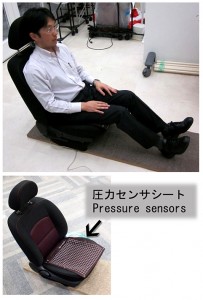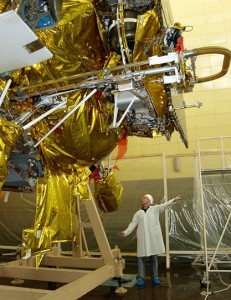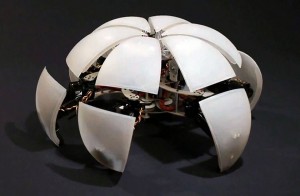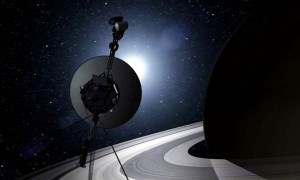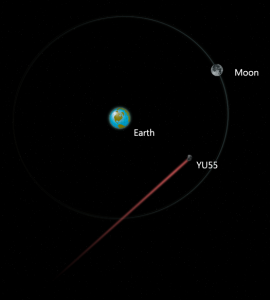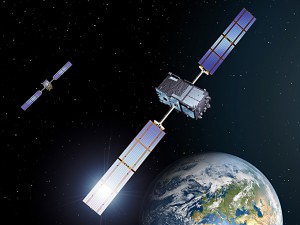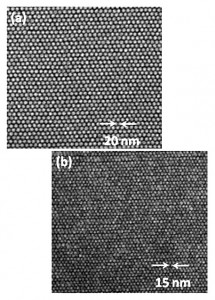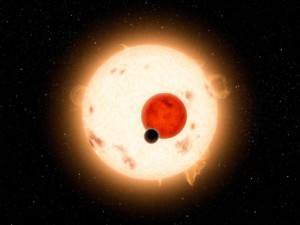
The Kepler space telescope have discovered 11 new planetary systems, hosting 26 confirmed planets. The discoveries adds to the list of confirmed planets outside the Earth’s solar system to 729, of these 60 has been found by the Kepler team
The Kepler telescope was successfully launched into space from Cape Canaveral Air Force Station, Fla., aboard a United Launch Alliance Delta II at 10:49 p.m. EST March 6, 2009. Kepler is designed to find the first Earth-size planets orbiting stars at distances where water could pool on the planet’s surface. Liquid water is believed to be essential for the formation of life. The mission is focused on discovery and as the mission progresses, Kepler will drift farther and farther behind Earth in its orbit around the sun. NASA’s Spitzer Space Telescope, which was launched into the same orbit more than five years ago, is now more than 62 million miles behind Earth.
Continue reading “NASA’s Kepler telescope finds 26 additional planets”

